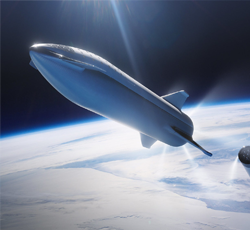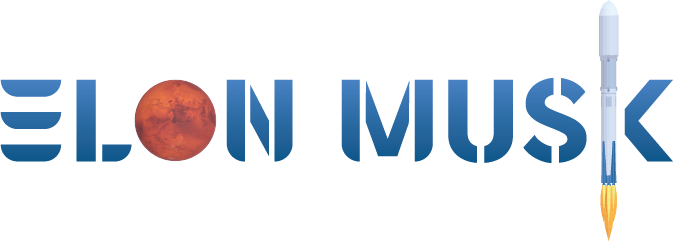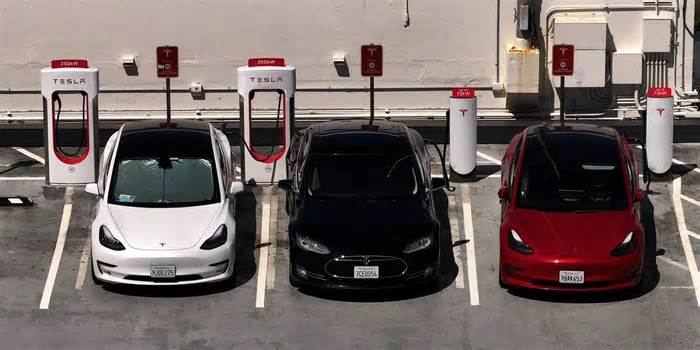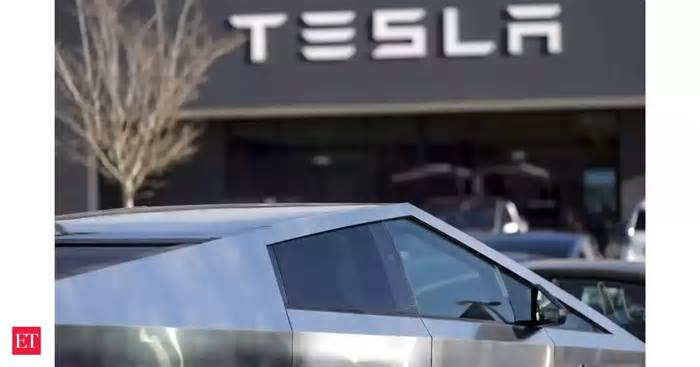
Sam Altman & Elon Musk Just Revealed Their Next AI Models
- by Geeky Gadgets
- May 21, 2025
- 0 Comments
- 0 Likes Flag 0 Of 5

Julian Horsey
What happens when two of the most influential minds in technology unveil their latest creations? The world listens. Sam Altman and Elon Musk, both at the forefront of artificial intelligence innovation, have just introduced their next-generation AI models, and their ambitions are nothing short of fantastic. From Musk’s physics-inspired Grok 3.5, designed to redefine accuracy and transparency, to Altman’s Codex, a virtual teammate for developers, these advancements promise to reshape industries and workflows alike. But this isn’t just about new tools—it’s about a paradigm shift in how AI integrates into our lives, balancing innovative capabilities with safety and usability. Are we ready for what’s next?
AI Grid explore the new features of these AI systems and the profound implications they carry. You’ll discover how Musk’s commitment to truth-seeking AI could transform fields like robotics and customer service, while Altman’s focus on adaptive software engineering tools aims to empower developers like never before. These models aren’t just about solving problems—they’re about rethinking how we approach them. As we unpack their potential, one question lingers: could this be the dawn of a new era where AI doesn’t just assist but fundamentally transforms the way we innovate?
Musk and Altman’s AI Innovations
TL;DR Key Takeaways :
Elon Musk introduced Grok 3.5, an AI model based on physics-based reasoning, prioritizing accuracy, transparency, and safety for applications like customer service and robotics.
Sam Altman unveiled Codex, an AI-powered tool designed to assist software developers by automating repetitive tasks, enhancing productivity, and streamlining workflows.
Both advancements emphasize practical applications of AI, aiming to improve reasoning, innovation, and efficiency across various industries.
Future AI models will focus on multimodality, integrating diverse data types (text, images, audio) to enhance versatility and adaptability in workflows.
Early adoption of these AI tools is critical for organizations to maximize their potential, fostering innovation and maintaining competitiveness in evolving industries.
Grok 3.5: Musk’s Physics-Based AI Model
Elon Musk unveiled Grok 3.5, an AI model rooted in first principles and inspired by physics-based reasoning. This approach prioritizes truth-seeking and accuracy, aiming to minimize errors and deliver outputs that are both transparent and reliable. By grounding its decision-making in scientific rigor, Grok 3.5 is designed to excel across diverse applications, from customer service to robotics.
A defining feature of Grok 3.5 is its strong emphasis on AI safety and transparency. Musk highlighted the importance of making sure users and developers can clearly understand how the model reaches its conclusions. This transparency is particularly critical in real-world applications where precision is essential. For example, in customer service, Grok 3.5 could provide context-aware, accurate responses, improving user interactions. In robotics, the model’s ability to reason through complex tasks with minimal human intervention could enhance efficiency and reliability in automated systems.
Additionally, Grok 3.5’s physics-based approach allows it to handle intricate problem-solving scenarios, making it a valuable tool for industries requiring high levels of accuracy. By combining scientific rigor with practical usability, this model sets a new standard for AI development.
Advancing Software Engineering with AI
Sam Altman’s contributions focus on transforming software development through AI-powered tools. At the forefront of his vision is Codex, an AI system designed to function as a virtual teammate for developers. Codex automates repetitive coding tasks, allowing developers to focus on higher-level problem-solving and innovation. This capability not only increases productivity but also reduces the time spent on routine tasks, allowing teams to deliver projects more efficiently.
One of Codex’s standout features is its ability to process tasks in parallel, streamlining workflows and enhancing collaboration. Altman also emphasized the integration of AI tools with platforms like GitHub, which simplifies the development process. Developers can write, test, and deploy code seamlessly, creating a more efficient and adaptable workflow. This adaptability ensures that AI tools remain relevant as software development practices evolve.
The broader goal of these advancements is to create AI systems that are not only automated but also adaptive to changing needs. By evolving alongside developers, these tools can remain indispensable in dynamic environments, making sure their long-term value in the software industry.
Sam Altman And Elon Musk Just Revealed Their Next AI Models…
Please first to comment
Related Post
Stay Connected
Tweets by elonmuskTo get the latest tweets please make sure you are logged in on X on this browser.




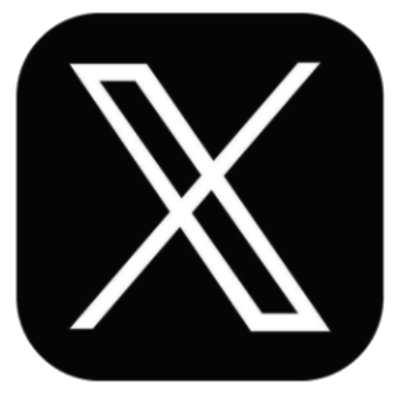

 Energy
Energy